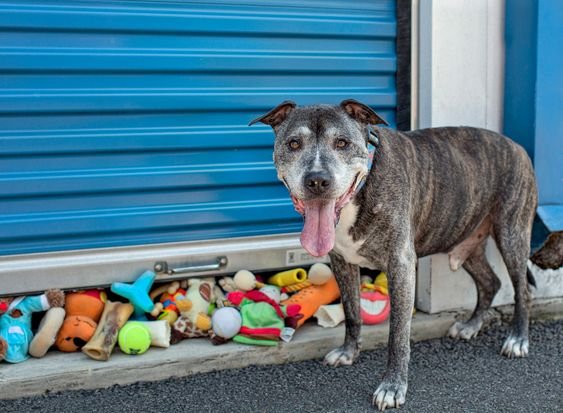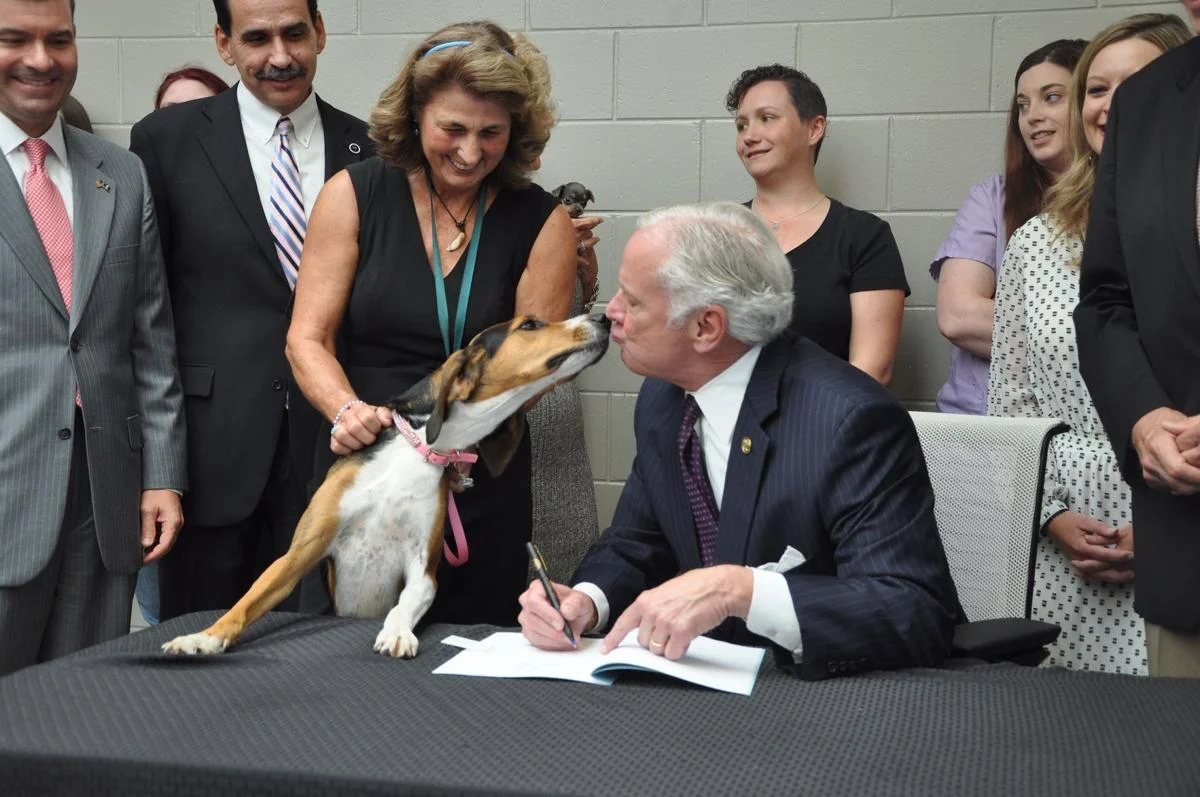The Power of Social Media in Raising Awareness for Animal Welfare
In today's digital age, social media platforms have revolutionized the way we communicate, connect, and advocate for causes close to our hearts. From raising awareness about environmental issues to promoting social justice, social media has become a powerful tool for driving positive change.
In the realm of animal welfare, social media's influence is particularly profound, offering a global platform for advocates to shine a spotlight on important issues, mobilize support, and effect meaningful change.
According to a survey by the American Society for the Prevention of Cruelty to Animals (ASPCA), 67% of pet owners reported that they had seen an animal adoption post on social media, and 34% had considered adopting a pet as a result.
Social media platforms provide opportunities for animal welfare organizations to raise funds for their initiatives.
According to a survey by GlobalWebIndex, 30% of respondents have donated to a charity or cause through social media. Platforms like Facebook also offer fundraising tools specifically designed for nonprofit organizations.
Harnessing the reach and engagement capabilities of platforms such as Facebook, Twitter, Instagram, and TikTok, animal welfare organizations, activists, and individual advocates have leveraged social media to amplify their voices, share compelling stories, and engage with a diverse audience of animal lovers worldwide.
Raising Awareness
At the heart of animal welfare advocacy lies the need to raise awareness about pressing issues such as animal abuse, neglect, exploitation, and the importance of responsible pet ownership.
Animal welfare organizations often run social media campaigns to promote pet adoption events, special adoption promotions, and specific animals in need of homes. These campaigns can significantly increase adoption rates during targeted periods.
By sharing stories of rescued animals, highlighting successful adoption stories, and showcasing the work of animal rescue organizations, advocates can capture the attention and empathy of their followers, inspiring them to take action and make a difference in the lives of animals.
The Viral Effect
One of the most potent aspects of social media is its ability to make content go viral. A single compelling post, image, or video has the potential to reach millions of people within hours, sparking conversations and inspiring action.
When it comes to animal welfare, viral content has played a crucial role in shedding light on issues that may have otherwise gone unnoticed. Whether it's a video of a heartwarming animal rescue, a petition to stop animal abuse, or a call to boycott products tested on animals, social media has the power to amplify these messages and mobilize support on a global scale.
Building Community
One of the most significant strengths of social media is its ability to foster a sense of community among animal lovers, activists, and organizations.
Platforms like Facebook groups, Twitter chats, and Instagram communities provide spaces for like-minded individuals to connect, share resources, and collaborate on advocacy initiatives.
Social media platforms provide opportunities for individuals to share their adoption experiences and photos of their adopted pets, influencing their friends, family, and followers to consider adoption as well.
Social media allows shelters and rescues to provide real-time updates on available pets, including new arrivals, urgent cases, and special adoption events. This immediate access to information helps potential adopters stay informed and engaged.
Through online networking and collaboration, advocates can amplify their impact, pool their resources, and coordinate efforts to address complex issues affecting animals. Whether it's organizing virtual fundraisers, coordinating rescue missions, or advocating for policy change, social media enables individuals and organizations to work together towards common goals, regardless of geographical boundaries.
Engaging and Empowering Supporters
Social media facilitates direct engagement with followers, allowing advocates to interact with their audience, answer questions, and provide guidance on how individuals can contribute to animal welfare efforts.
By fostering meaningful conversations and cultivating relationships with their supporters, advocates can empower them to become active participants in the movement for animal rights and welfare.
Animal welfare organizations may collaborate with social media influencers who have large followings of animal lovers. These influencers can promote pet adoption campaigns and specific animals in need, reaching a broader audience and driving adoption interest.
From sharing actionable tips on responsible pet ownership to providing information on volunteering opportunities and advocacy campaigns, social media empowers individuals to make a tangible difference in the lives of animals.
By leveraging the power of social media, advocates can inspire compassion, ignite activism, and create a more humane world for animals.
Changing Perceptions
Social media has the power to change public perceptions about animal welfare issues. By sharing stories and images of animals in need, animal advocates can help to educate the public about the importance of animal welfare and inspire them to take action.
This has helped to raise the profile of animal welfare issues and push for change. People who might have previously been indifferent to animal welfare issues may be motivated to become advocates themselves.
Promoting Legislation
Social media has also been used to promote animal welfare legislation. By sharing information about proposed legislation and encouraging supporters to contact their elected officials, animal advocates can help to promote change at the policy level. This has helped to enact laws to protect animals and hold those who mistreat animals accountable.
Social media has become a powerful tool for animal advocates, allowing them to reach a wider audience and promote animal welfare issues like never before. By sharing stories, raising funds, building communities, changing perceptions, and promoting legislation, animal advocates are using social media to drive positive change for animals.
Mobilizing Action
Beyond awareness and education, social media is also a powerful tool for mobilizing action. Whether it's signing petitions, donating to animal welfare organizations, volunteering at local shelters, or participating in online campaigns, social media empowers individuals to take concrete steps towards creating positive change for animals. Platforms like Twitter and Instagram allow activists to coordinate grassroots movements, organize protests, and hold companies and governments accountable for their actions. The ability to connect with a global audience in real-time enables swift and coordinated responses to urgent animal welfare issues, amplifying the impact of collective action.
Challenges and Opportunities
While social media has undoubtedly transformed the landscape of animal advocacy, it also presents challenges and ethical considerations. The spread of misinformation, the glamorization of animal exploitation, and the risk of online harassment are some of the pitfalls associated with social media activism. Moreover, the ephemeral nature of trends and the constant barrage of content can make it difficult for important issues to maintain sustained attention and engagement. However, by staying vigilant, critically evaluating sources, and fostering constructive dialogue, individuals and organizations can navigate these challenges and leverage social media as a force for good in the fight for animal welfare.
Conclusion: The power of social media in raising awareness for animal welfare cannot be overstated. From igniting global movements to fostering local communities, social media platforms have become indispensable tools for amplifying the voice of animals and advocating for their rights. By harnessing the viral nature of online content, building inclusive communities, educating the public, and mobilizing action, individuals and organizations can leverage social media to effect positive change and create a more compassionate world for all living beings. As we continue to navigate the digital age, let us use our online platforms not just for selfies and status updates but as powerful instruments for social justice and animal welfare.











